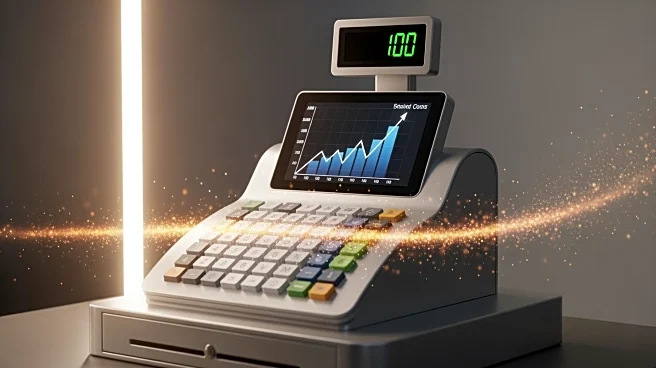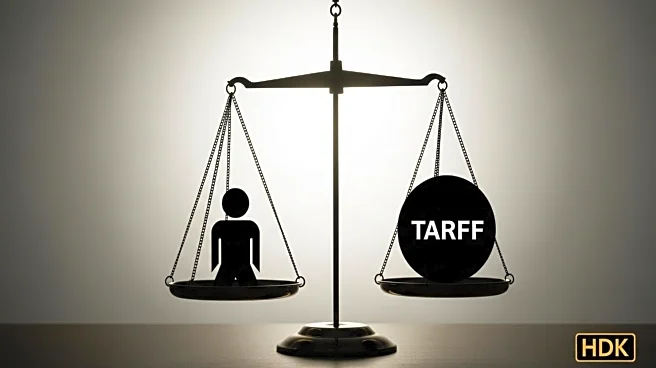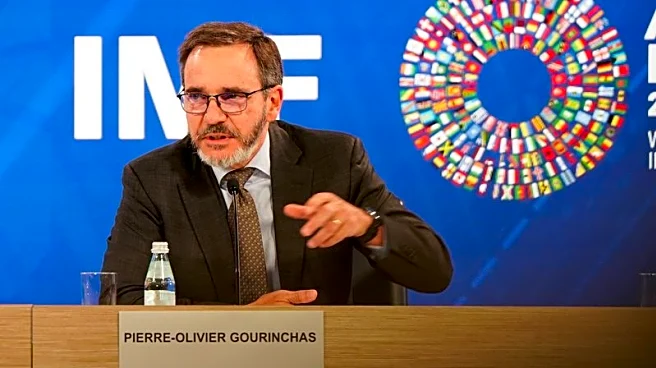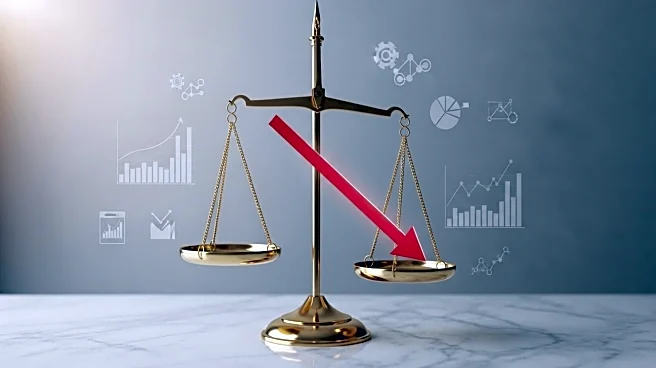What's Happening?
Retail spending in the United States increased in September, driven by higher prices, according to various reports. The U.S. Commerce Department did not release its retail sales report due to a government shutdown, but other reports indicate mixed results.
The National Retail Federation reported a 5.7% year-over-year increase in core retail sales, excluding restaurants, autos, and fuel. However, research from Circana suggests that inflation is impacting sales, with unit demand falling by 2% in the five weeks ending October 4. Despite apparent growth, consumers are buying fewer products, maintaining spending levels despite higher costs.
Why It's Important?
The phenomenon of 'Invisible Inflation' highlights a significant economic challenge where consumers face higher prices without a corresponding increase in purchasing power. This situation affects various retail sectors, including sporting goods, clothing, and electronics, which have shown growth unadjusted for inflation. The disparity in spending patterns between lower-income and higher-income households underscores the wealth gap, with lower-income households experiencing softer wage gains. This trend could have broader implications for consumer confidence and economic stability, particularly as the holiday season approaches.
What's Next?
As the holiday season nears, retailers may face challenges in maintaining sales growth amid inflationary pressures. The government shutdown's impact on official data releases could lead to uncertainty in economic forecasting. Retailers and policymakers will need to monitor consumer behavior closely to adapt strategies that address the changing economic landscape. The potential for continued inflation could influence monetary policy decisions and affect consumer spending patterns in the coming months.














